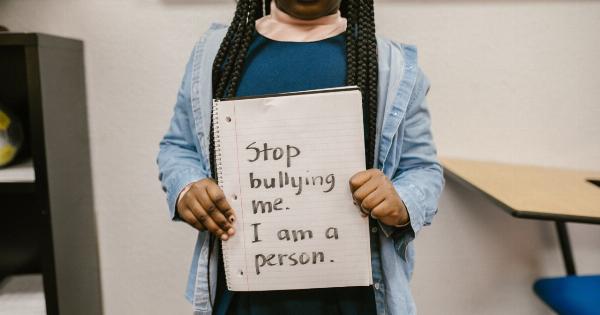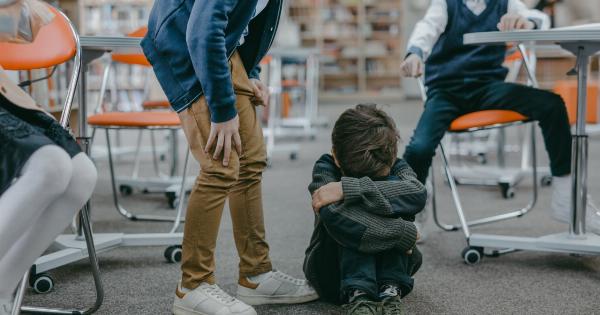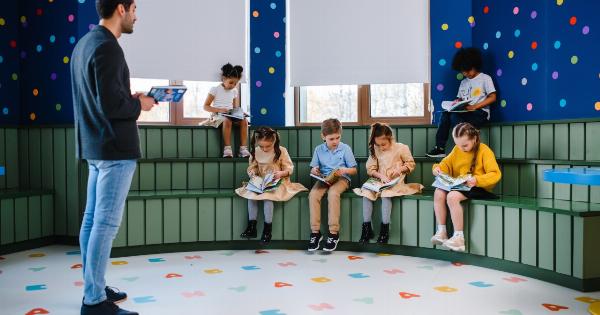School bullying is a pervasive issue that affects millions of children and teenagers worldwide.
It involves repeated acts of aggression, coercion, and intimidation carried out by individuals or groups with more power or influence against those who are vulnerable. The impact of bullying on victims can be detrimental, leading to physical and emotional distress, academic difficulties, and even long-term psychological trauma.
Over the years, there has been a growing recognition of the need to combat school bullying and create safer and more inclusive learning environments for all students.
Traditional Approaches to Combatting School Bullying
In the past, schools primarily focused on punitive measures to address bullying incidents. This approach involved punishing the perpetrators through suspensions, expulsions, or other disciplinary actions.
While such measures might provide temporary relief, they fail to address the underlying causes of bullying and often fail to prevent future incidents.
Another ineffective approach has been attempting to change the behavior of victims, encouraging them to be more assertive or to ignore the bullying.
While building resilience in victims is important, solely focusing on their actions overlooks the responsibility of the aggressors and can further victimize those already suffering.
The Shift in Attitudes towards Bullying
Fortunately, attitudes towards school bullying have been evolving, leading to more effective strategies in combating this issue.
Instead of placing the entire burden on the victims, there is increasing recognition that the responsibility lies with the whole school community, including teachers, parents, administrators, and peers.
Creating a Culture of Respect
One key approach to combating bullying is the creation of a positive and inclusive school culture.
This involves promoting respect, empathy, and kindness among students and instilling a sense of shared responsibility for maintaining a safe and supportive environment for all. Schools can achieve this by implementing comprehensive anti-bullying policies, promoting positive behavior through educational programs, and fostering open lines of communication.
Education and Awareness
An important aspect of tackling school bullying is education and awareness. By educating students about the impact and consequences of bullying behavior, they can develop empathy and understanding towards their peers.
This can be done through classroom lessons, workshops, or special events focused on promoting kindness and empathy. Additionally, awareness campaigns can help empower students to speak out against bullying and encourage bystander intervention.
Teacher Training and Support
Teachers play a crucial role in preventing and addressing bullying in schools. It is essential for educators to receive proper training and support in recognizing and responding to bullying incidents.
This includes learning how to identify the signs of bullying, intervening effectively, and providing appropriate support to victims and aggressors alike. By empowering teachers with the necessary skills and knowledge, schools can create a strong line of defense against bullying.
Emphasizing Bystander Intervention
Research shows that quite often, bullying occurs in the presence of bystanders. The attitudes and actions of these witnesses play a significant role in either perpetuating or preventing bullying incidents.
Encouraging bystander intervention means equipping students with the tools and confidence to intervene safely and assertively when they witness bullying. This can be achieved through awareness campaigns, role-playing exercises, and teaching practical strategies for intervention.
Consequences and Restorative Justice
While punitive measures alone may not be effective in combating school bullying, consequences for the aggressors are still important. However, instead of solely punishing the wrongdoing, schools are increasingly embracing restorative justice practices.
These approaches focus on repairing the harm caused by the bullying, holding the aggressors accountable, and helping them understand the consequences of their actions. Restorative justice encourages dialogue, empathy, and the opportunity for personal growth and change.
Parental Involvement
Bullying is not just a school issue; it requires the involvement and support of parents as well. Schools must actively engage parents in their efforts to combat bullying by providing workshops and educational resources.
Parental involvement can help create a united front against bullying, promote open communication between home and school, and ensure a consistent approach to addressing and preventing bullying incidents.
The Role of Technology
In recent years, the rise of technology has presented new challenges in combating school bullying, with the emergence of cyberbullying.
Schools must adapt to address this issue by educating students about responsible online behavior, implementing strong internet usage policies, and providing support to victims of cyberbullying. Furthermore, schools can utilize technology to their advantage by implementing anonymous reporting systems or anonymous helplines where students can seek help or report bullying incidents.
Building on Success Stories
Over the years, numerous success stories have emerged from schools that have effectively tackled bullying and created safe environments for their students.
Sharing these success stories and highlighting the strategies that worked can inspire other schools to adopt similar approaches and adapt them to their own unique contexts. Collaboration between schools, local communities, and relevant organizations can facilitate the exchange of best practices and ensure a collective effort to combat bullying.
Evaluating and Adapting Strategies
Recognizing that no single solution can eradicate school bullying, it is important to continually evaluate and adapt the strategies being implemented.
Schools should collect data on bullying incidents and the effectiveness of their strategies while regularly seeking feedback from students, parents, and staff. This iterative process allows for the identification of potential shortcomings and adjustments to ensure ongoing improvement in combating bullying.
The Way Forward
Changing attitudes of observers to combat school bullying involves a multifaceted and collaborative approach.
By promoting a culture of respect, raising awareness, empowering teachers and students, implementing restorative justice practices, involving parents, addressing cyberbullying, and learning from successful initiatives, schools can create an environment where bullying is not tolerated. Only through continuous evaluation and adaptation can schools effectively combat bullying and provide a nurturing space for all students to thrive.































